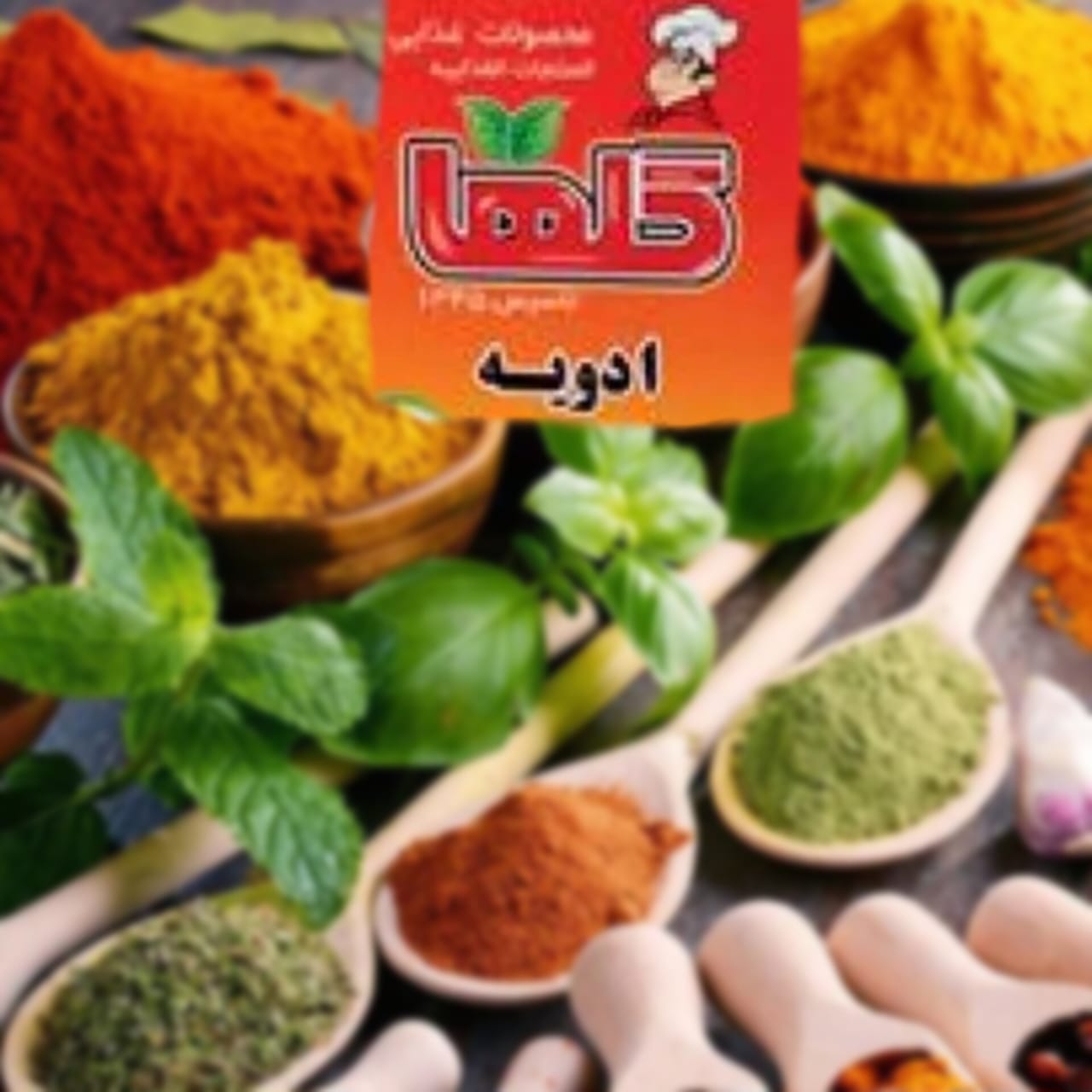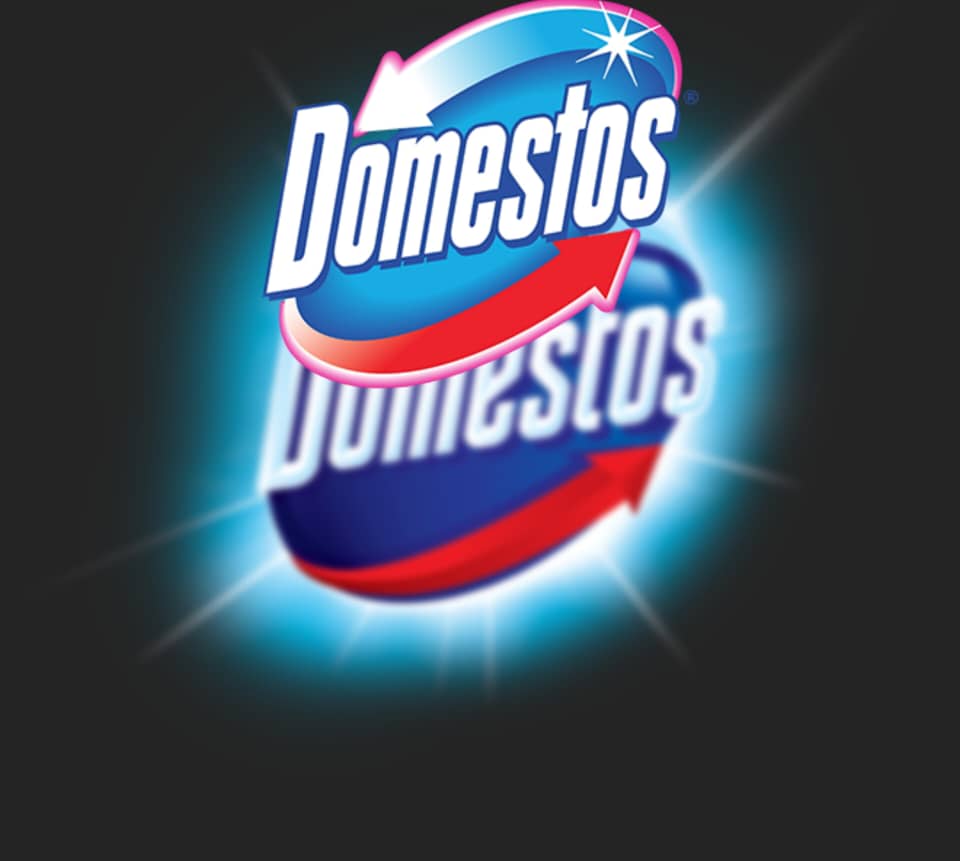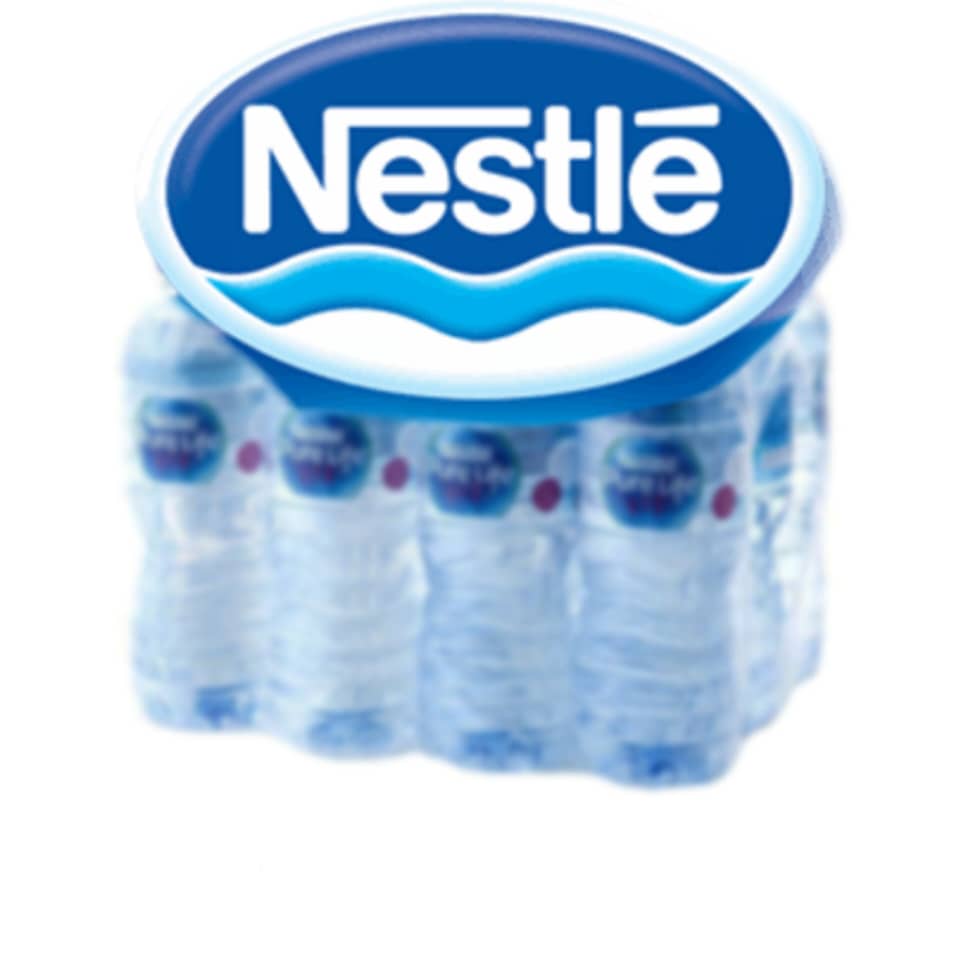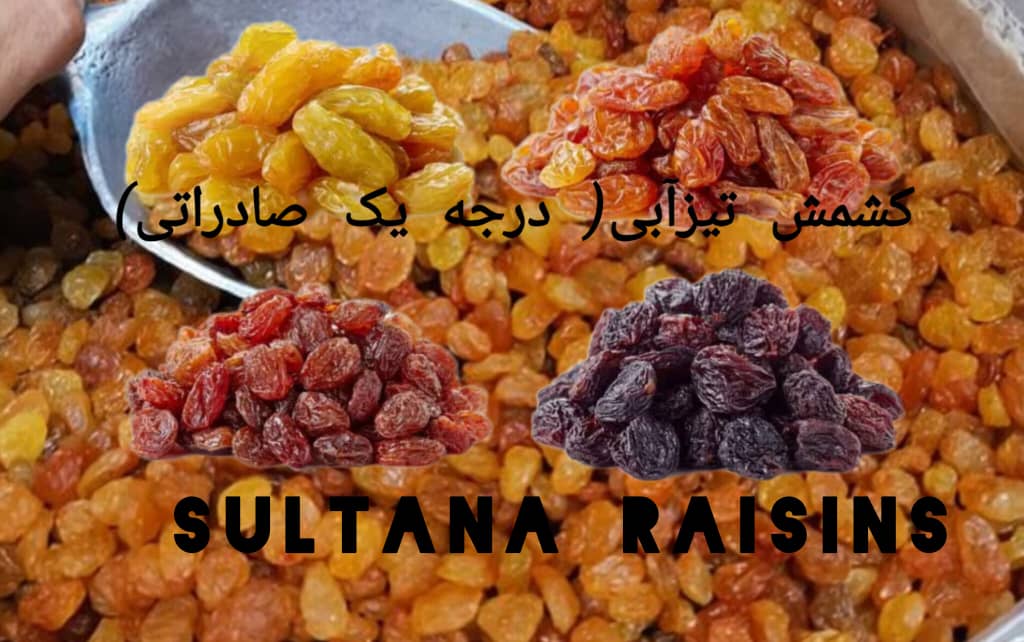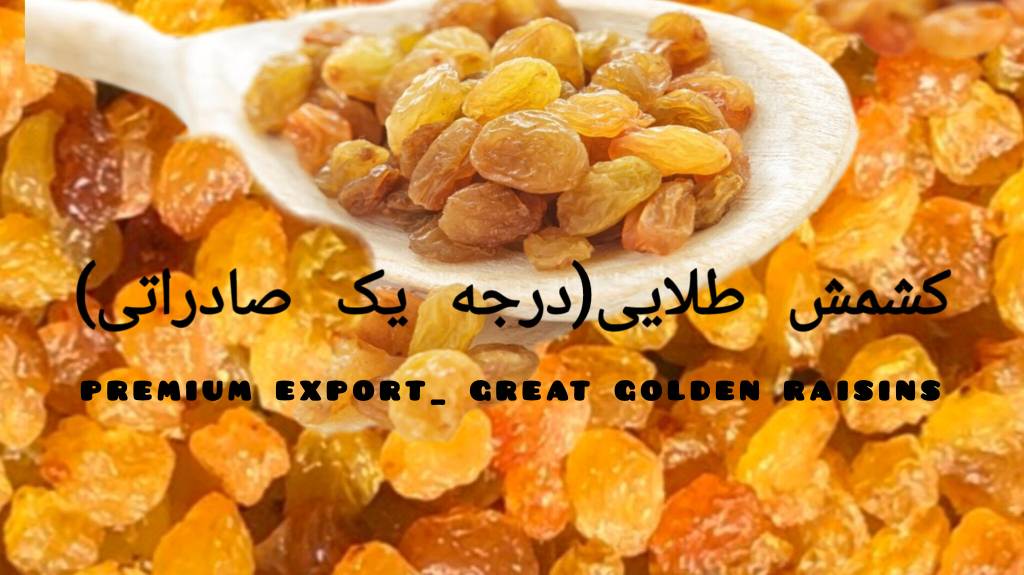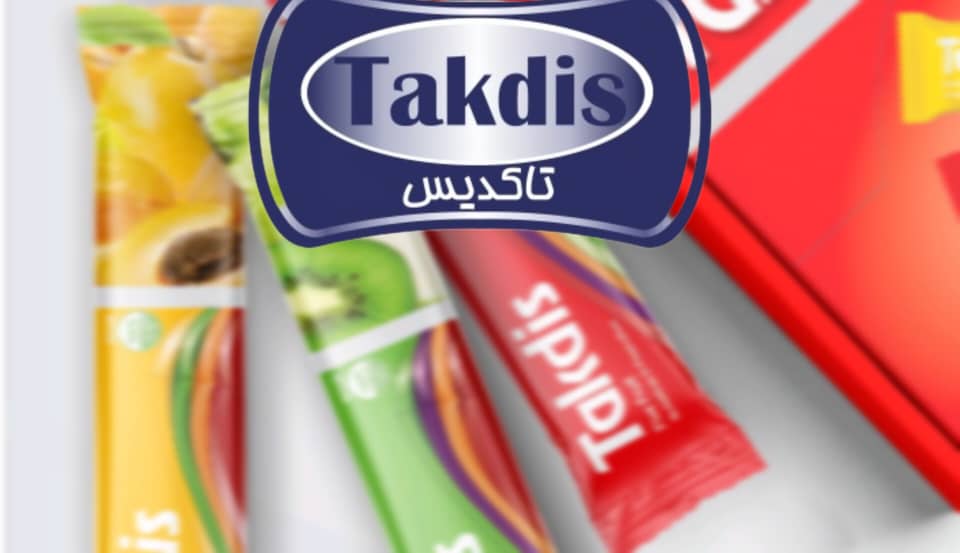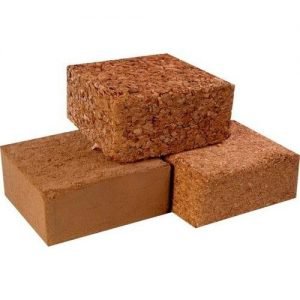
- Seen : 626 View
Cocopeat is a byproduct of coconut fibers. In the 19th century, cocopeat was first used in horticulture. In the late 20th century, when new methods produced a better product, cocopeat became an environmentally sustainable organic shipping medium.
Cocopit is produced using discarded coconut shell fibers. Thin strands of coconut skin are taken from it, then they are powdered and packaged. First, the coconuts are soaked, a process that naturally causes the wet husk to break down. Usually, coconut shells are soaked in water for 6 months or more to decompose. Today, this process can be done in less time and within a week using advanced machine techniques. Then the strands are separated from the shell by steel combs, this process is called defibering.
When the strands or coconut fibers are separated from the shell by steel combs, they are dried and made into brick-shaped, round or coconut fiber pots or packaged as soft vegetable fertilizer. At this stage, cocopeat is dried and processed and is ready for sale and use.
Types of cocopeat
There are three types of cocopeat products: peat, fibers or chips. Using a mixture of them has its advantages.
Cocopeat is similar to peat moss, but its color is dark brown. The density of this product is so high that it holds a lot of water and therefore it cannot be used alone; Because the roots of the plant may be saturated with water.
Coconut fibers are thread-like bundles through which oxygen can easily penetrate into the plant's root system. Coconut fiber alone does not absorb much and it decomposes over time, and as a result, the amount of oxygen that reaches the roots of the plant decreases. Therefore, it is not suitable for reuse.
Cocoa chips are small pieces of coconut fibers that have the best properties of peat and fiber. Cocoa chips hold water well and have good air pores.
If you are an experienced grower, you can make your own mix with different types of cocopeat, but manufacturers also make pre-mixed products to reduce the hassle of doing this. Brick-shaped dried cocopeats are more common, you just have to add water to them, but most of them are poorly processed.
Benefits of using cocopeat
Let's explore the benefits of this growing medium.
Fast Harvest and Bigger Crops: When you use this substrate for a dry-drainage growing system, it gives good results. By using the right nutrients in the water tank for this type of substrate, the plants will grow more instead of spending a lot of time foraging for food.
Sufficient space for the root system: coconut fibers have excellent water absorption, high drainage and proper aeration. This substrate provides enough space for the roots and provides them with enough air.
Neutral pH: The pH of cocopit is neutral and in the range of 5.2 to 6.8, because this range changes over time, it is necessary to re-adjust the pH value with organic fertilizers.
Reduction of harmful pathogenic agents and the risk of pests: this culture medium has antifungal properties, and as a result, it keeps the roots healthy and can repel some pests, which means that the plant will grow more easily.
An environmentally friendly product: a coconut tree produces an average of 150 coconuts annually. Coconut fiber is part of the waste material of this fruit.
Saler Company Information

